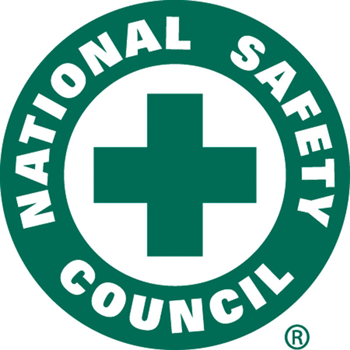Preliminary estimates from the National Safety Council based on May data from all 50 states indicate that for the third month in a row, road users in the U.S. were at a higher risk of dying from a motor vehicle crash. As reported in Injury Facts, the fatality rate per miles driven in May – when most of the country was deep in quarantine from the pandemic – jumped a staggering 23.5% compared to the previous year, despite far less traffic on the roads. The number of miles driven in May dropped 25.5% compared to the year prior. The increased rate comes in spite of an estimated 8% drop in the number of deaths for May compared to the prior year. Overall, the mileage death rate per 100 million vehicle miles driven was 1.47 in May compared to 1.19 in 2019.
 At a moment when the country should be reaping a safety benefit from less traffic, the roads are riskier, threatening to reverse traffic safety gains made over the last few years. After three straight years of rising fatality numbers between 2015 and 2017, the country had been experiencing a leveling off and small decline in overall fatalities. Further, employers are sending employees back to work, meaning commutes are resuming – and motor vehicle crashes are the leading cause of workplace deaths.
At a moment when the country should be reaping a safety benefit from less traffic, the roads are riskier, threatening to reverse traffic safety gains made over the last few years. After three straight years of rising fatality numbers between 2015 and 2017, the country had been experiencing a leveling off and small decline in overall fatalities. Further, employers are sending employees back to work, meaning commutes are resuming – and motor vehicle crashes are the leading cause of workplace deaths.
“As motor vehicle crashes are the leading cause of workplace fatalities, transportation safety should be integral to every organization,” said Lorraine M. Martin, NSC president and CEO. “An employer’s reopening strategy is an opportunity to emphasize and reiterate the need for safe streets, as well as safe workplace transportation. Employers can make a real difference in improving safety on our roadways, helping to protect their employees, as well as other road users.”
Through the first five months of 2020, the following six states experienced notable increases in the number of roadway deaths: New Hampshire (63%), Connecticut (39%), Louisiana (15%), Missouri (12%), Arkansas (10%) and North Carolina (6%).
Nine states with notable decreases were: Tennessee (-58%), Wyoming (-52%), Mississippi (-21%), Maryland (-18%), Michigan (-13%), South Carolina (-13%), Pennsylvania (-13%), Arizona (-10%) and Florida (-4%).